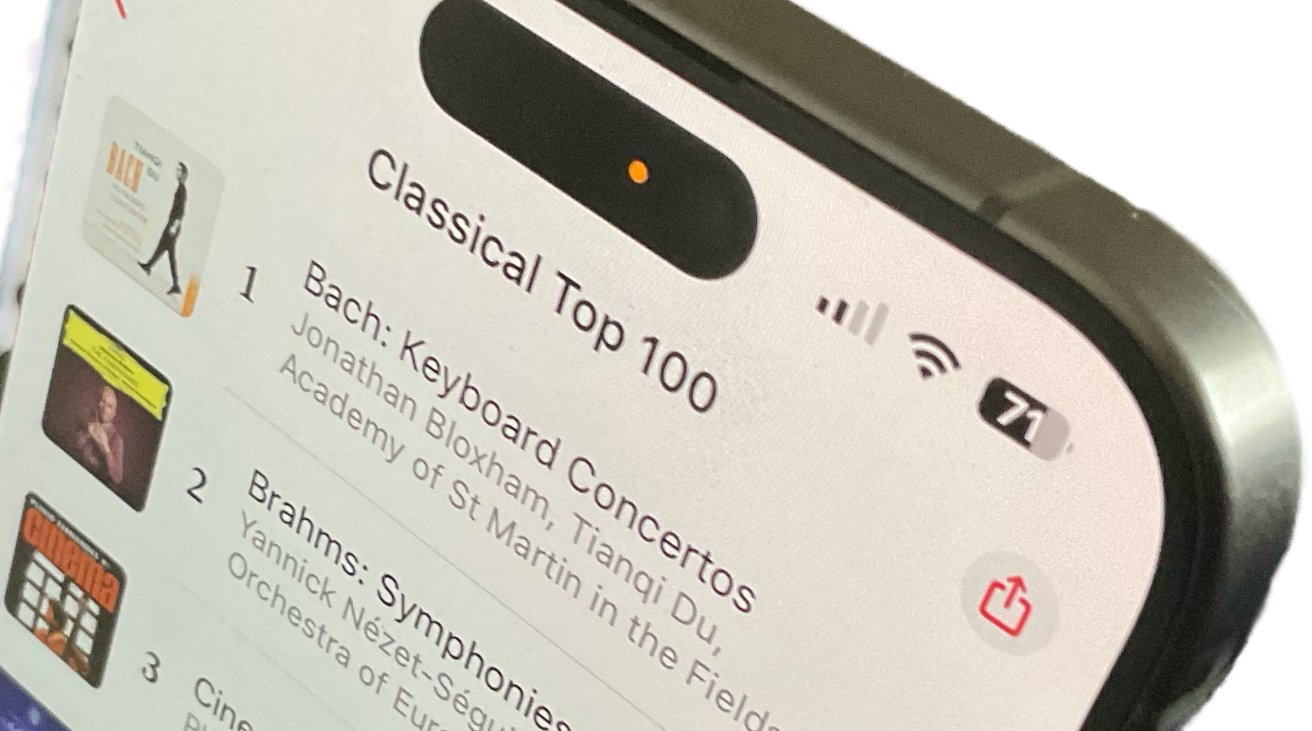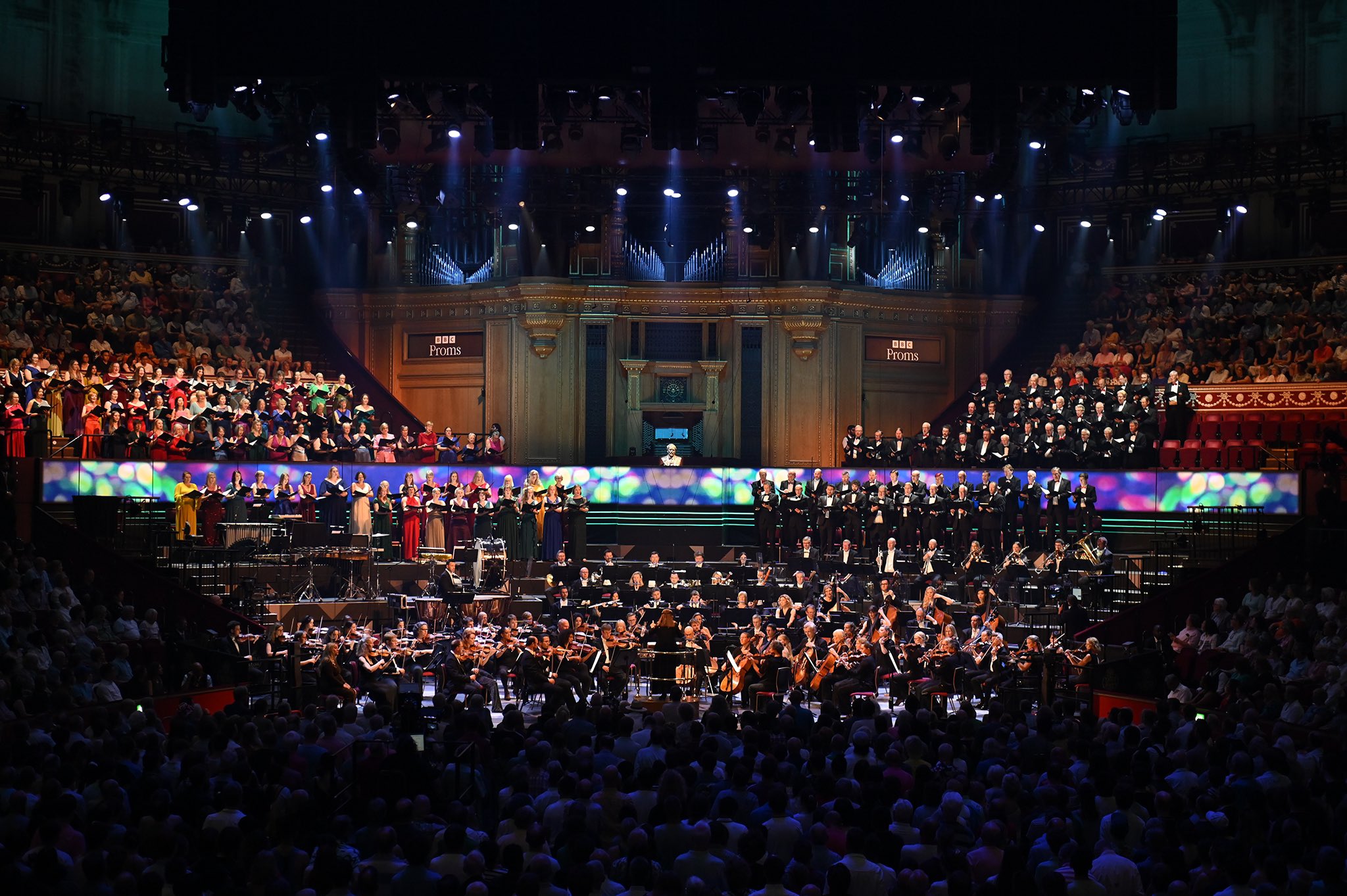In the last week of January, Jon Jacob embarks on a Thoroughly Good Expedition to New York and Los Angeles, attending concerts given by five leading American orchestras.
Prokofiev Symphony No. 2 in D Minor Op. 40 (1924-1925)
Webern Symphony, Op. 21 (1927-1928)
Prokofiev Symphony No. 5 in B-flat Major, Op. 100 (1944)
Cleveland Orchestra
Franz Welser-Möst conductor
Carnegie Hall Sunday 21 January 2024
Most concerts start with some kind of concert opener. An overture for example gives the band on stage the opportunity to get accustomed to the acoustic with an audience in it, and gives the audience a chance to settle down before the main event. That the Cleveland Orchestra so deftly and got underway with the epic industrial landscape of Prokofiev’s second symphony so immediately hints at the kind of concert this would turn out to be.
Conducted by their music director Austrian composer Franz Welser-Most, the Cleveland Orchestra presented three works as part of Carnegie Hall’s ongoing series examining the fall of the Weimar Republic: two symphonies by Russian composer Prokofiev, contrasted with Webern’s Symphony for chamber ensemble.
Prokofiev’s second symphony written in 1924 and premiered in Paris in 1925 is an epic work brimming with fiendish detail and tantalising textures. The first movement’s brutal industrial landscape is depicted with a gargantuan lumbering brass section, piercing brass top lines, and occasionally shrill woodwind. The combination did at times cause the person sat next to me at Carnegie Hall to put her fingers in her ears. This was contrasted by a tender oboe solo at the beginning of the short second movement theme, followed by a series of short variations which saw a remarkable range of colours and textures from the strings and woodwind. This was a polished, confident and assertive performance throughout, right from the start.
In contrast, the material in Prokofiev’s fifth symphony written in 1944, when the composer had returned to the Soviet Union, is lighter and the treatment of it far more playful, energetic and in places vigorous. In the performance, the orchestra sometimes sounded underpowered meaning things felt overly romantic. The second movement allegro had spirit and bounce, moving through multiple personalities and moods, cheerful, cheeky and, from to time, just a hint of macabre too, though, like the final movement, it did feel like it lacked a bit of grit. After Franz Welser-Most paused for a police siren to disappear out of earshot down 7th Avenue, the third movement opened with tantalizingly papery strings over which the solo was passed effortlessly between different combinations of woodwind instruments whilst still making everything feel whole. Later, rich, warm, heart-tugging string sounds (the leaps in the upper strings got me every single time).
Webern’s ‘miniature’ ten-minute two-movement symphony written in 1927 three years after Prokofiev’s second symphony could have sounded like an academic curiosity in comparison to the Russian composer’s technicolour orchestration. Yet in this concert, Webern’s Op. 21 acted as a palette cleanser, pivoting us from the epic second to the more box-office appealing fifth of Prokofiev’s symphonies.
Special praise to Cleveland’s principal clarinet Afendi Yusuf whose rounded burgundy tone was simply to die for. A gorgeous sound throughout. Excitable applause also for some fruity queues from bass clarinettist Amy Zoloto and contrabasoonist Jonathan Sherwin.
Some recommended recordings to listen to are based simply on the final movement allegro which in the case of Herbert von Karajan’s Berlin Philharmonic recording is a tour-de-force. On the other hand, in Valery Gergiev and the London Symphony’s performance, there’s a crazed sense of menace. In concert, Franz Welser-Most seemed to pull out a more playful character in the final movement and this is also reflected in the Cleveland’s 2023 recording under his direction. I’m always going to prefer the unhinged characterisation, but that probably says more about my character than it does about the performance.



